Get Help Now: 337-205-5558
Drymax Water, Fire & Mold Restoration Provides 24/7 Emergency Services for Water and Fire Damage in Louisiana
When an emergency arises due to water or fire damage, swift action is essential to minimize further complications. Drymax Water, Fire & Mold Restoration stands out by offering 24/7 availability for emergency water and fire damage restoration services across Louisiana. Their dedicated team responds promptly to ensure that homes and businesses are restored to their original condition as quickly as possible.
In Louisiana, the unpredictable weather and various environmental factors increase the likelihood of water damage. Drymax is equipped to handle such emergencies efficiently, providing services that range from initial assessment to comprehensive restoration. With their expertise, they not only address immediate concerns but also work to prevent future issues, including mold growth.
Fire incidents can be devastating, and Drymax understands that recovery requires specialized knowledge and skill. Their trained technicians are ready to tackle the complexities of fire damage restoration, ensuring that the affected areas are safely and effectively restored. By prioritizing customer satisfaction and safety, Drymax reinforces its commitment to the Louisiana community in times of crisis.
Understanding Water Damage
Water damage occurs when unwanted moisture infiltrates a property, leading to potential risks and required remediation. Identifying the types and effects of water damage is crucial for effective restoration, especially in vulnerable areas.
Types of Water Damage
There are several categories of water damage, primarily categorized based on the source and contamination level:
- Clean Water Damage: Resulting from rain, broken pipes, or appliance leaks. This water is generally safe but can become hazardous if not addressed promptly.
- Grey Water Damage: This type comes from sources like washing machines or dishwashers. It may contain impurities and can cause illness if ingested.
- Black Water Damage: This is the most dangerous type, stemming from sewage backups or flooded areas. It contains harmful bacteria, posing significant health risks.
Recognizing these types helps property owners take the appropriate steps for cleanup and restoration, particularly in areas that may not be immediately visible.
Effects of Water Intrusion
Water intrusion can have severe consequences if left unchecked. Common effects include:
- Structural Damage: Prolonged exposure can weaken the integrity of walls, floors, and ceilings.
- Mold Growth: Hidden areas, such as behind walls or under flooring, create ideal environments for mold spores to thrive, leading to health issues.
- Damage to Personal Property: Furniture, electronics, and other valuables can be irreparably harmed by water exposure.
- Increased Repair Costs: The longer the water is allowed to intrude, the more extensive the damage becomes, escalating repair expenses significantly.
Timely intervention is essential to mitigate these impacts and preserve both property and health.
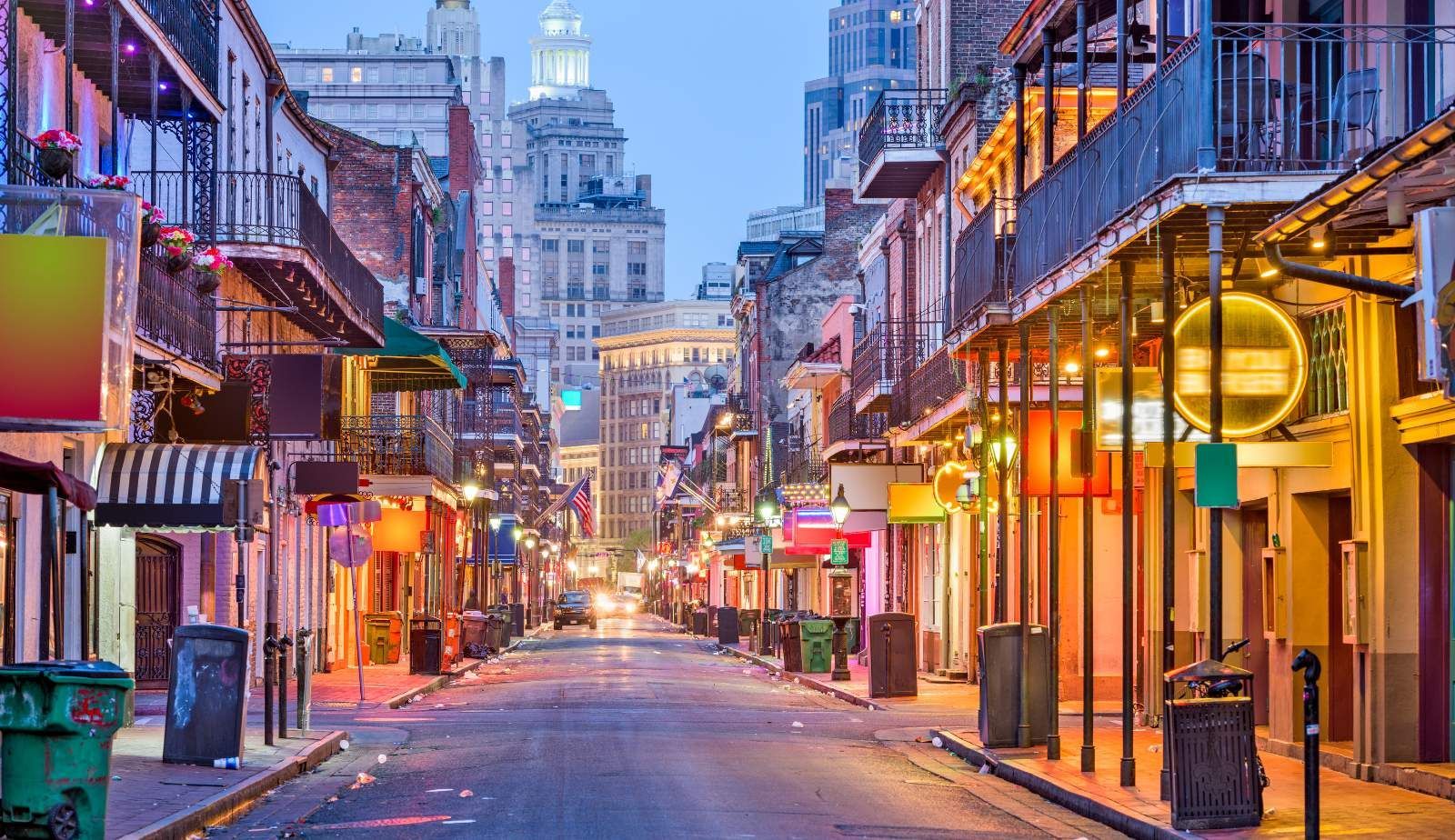
Comprehensive Damage Restoration Services
Drymax Water, Fire & Mold Restoration offers a range of specialized services to address water, fire, and mold damage. These services are designed to meet the immediate needs of property owners while ensuring thorough recovery and restoration of their homes or businesses.
Water Damage Restoration
Water damage can arise from various sources, including flooding, leaks, and sewage backups. Drymax employs advanced techniques for water extraction, structural drying, and damage assessment. Their experienced technicians use specialized equipment to identify hidden moisture, preventing mold growth and further structural issues.
The process typically involves the following steps:
- Assessment: A thorough evaluation of the affected areas.
- Water Extraction: Rapid removal of excess water using pumps and vacuums.
- Drying and Dehumidification: Ensuring all surfaces are thoroughly dried.
Through 24/7 emergency response, Drymax ensures minimal disruption, allowing property owners to regain peace of mind quickly.
Fire Damage Restoration
Fire incidents can result in extensive damage, not only from flames but also from smoke and water used in extinguishing the fire. Drymax handles fire damage restoration with a structured approach, focusing on safety and recovery.
Key elements of their service include:
- Initial Assessment: Evaluating the full extent of the damage.
- Smoke and Soot Removal: Using specialized cleaning techniques to remove residues.
- Restoration of Structure: Repairing damages and addressing potential structural issues.
Swift action is essential in fire restoration to reduce long-term damage and facilitate a return to normalcy for affected individuals.
Mold Remediation
Mold growth often follows water damage and can pose serious health risks. Drymax’s mold remediation process involves identifying the source of moisture, assessing mold contamination, and implementing effective removal strategies.
Their comprehensive method includes:
- Inspection and Testing: Evaluating the extent of mold presence.
- Containment: Preventing the spread of mold spores during removal.
- Removal and Cleanup: Safely extracting mold while addressing underlying moisture issues.
By prioritizing health and safety, Drymax ensures thorough remediation, allowing clients to enjoy a safer, healthier living environment.
Emergency Response and Availability
Drymax Restoration is committed to providing comprehensive support during emergencies. Their services are available 24/7 to address urgent water and fire damage situations.
Clients can rely on their certified team for immediate assistance. The company guarantees a 60-minute response time from the moment a call is received. This swift action helps minimize damage and ensures that properties are restored quickly.
Emergency services cover a wide range of scenarios, including flooding, fire damage, and mold issues. Drymax Restoration understands the urgency of these situations and mobilizes its team rapidly to provide effective solutions.
With a focus on customer support, Drymax employs trained professionals who can handle crises with expertise. Their dedicated approach allows property owners to regain peace of mind when faced with unexpected damage.
By ensuring constant availability, Drymax Restoration demonstrates its commitment to the community. This reliability in emergency services reinforces its reputation as a leader in water and fire restoration in Louisiana.

The Restoration Process
The restoration process involves several critical steps that ensure effective recovery from water, fire, or mold damage. Each phase is essential for restoring a property to its original state while minimizing further damage.
Initial Assessment and Inspection
The restoration process begins with a thorough assessment of the damage. Technicians evaluate the extent of the water or fire damage, checking for structural integrity and identifying potential hazards.
They use specialized equipment to measure moisture levels in walls and floors. This assessment helps develop a tailored action plan for restoration. Detailed documentation of the damage is also recorded for insurance purposes.
Immediate communication with the property owner regarding the findings is crucial. They explain the necessary steps and answer any questions to ensure the property owner is informed throughout the process.
Water Removal and Extraction
Water removal is a critical phase in the restoration process. It involves the use of powerful pumps and vacuums to extract standing water from the affected areas.
Technicians focus on removing any remaining moisture to prevent further damage and the growth of mold. They are trained to handle various types of water, including clean, gray, and black water, ensuring safe removal.
Once the bulk of the water is extracted, they may use moisture meters to confirm that the area is sufficiently dry. This step is vital for preparing the environment for the next phase of drying.
Drying and Dehumidifying
Drying and dehumidifying are essential techniques used to eliminate any remaining moisture in the property. Technicians set up specialized equipment like air movers and dehumidifiers.
Air movers help circulate air and promote evaporation. Dehumidifiers reduce humidity levels, which is crucial in preventing mold growth.
The drying process is monitored closely, often taking several days. Technicians are diligent in checking moisture levels periodically to ensure a thorough drying process before moving on to cleaning.
Cleaning and Sanitizing
Cleaning and sanitizing are vital for restoring the property to a safe condition. This includes cleaning all surfaces, including walls, floors, and personal belongings.
Technicians use industry-approved cleaning agents to ensure effective removal of contaminants and odors. They pay close attention to areas that may have been affected by smoke or water.
Sanitization is also critical, especially in cases of mold or sewage damage. This process helps ensure that the environment is safe for occupants to return. All cleaning processes are documented for transparency and to assist with insurance claims.
Restoration and Reconstruction
The final stage involves restoration and reconstruction services. This phase may include repairs to structural elements like walls, ceilings, and floors that were damaged.
Contractors work closely with restoration technicians to ensure that all repairs meet industry standards. They may also address cosmetic issues to return the property to its pre-damage condition.
The goal is to complete reconstruction efficiently and effectively, providing the property owner with a safe and habitable environment. Communication throughout this phase ensures that the property owner is satisfied with every step taken.
Industry-Standard Certification and Expertise
Drymax Water, Fire & Mold Restoration employs a dedicated restoration team trained to handle emergency situations effectively.
Their technicians hold IICRC certifications, ensuring they meet industry standards for water and fire damage restoration. This certification demonstrates their knowledge of best practices and methodologies.
The restoration team is skilled in a range of services, including:
- Water extraction
- Structural drying
- Fire damage cleanup
Each technician undergoes rigorous training to stay current with the latest techniques and technologies in restoration. This ensures they can tackle complex situations confidently and efficiently.
Drymax prioritizes customer safety and satisfaction. They utilize advanced equipment and proven strategies to minimize damage and facilitate a quick recovery.
With 24/7 availability, their certified professionals are always ready to respond to emergencies. Their expertise guarantees a thorough assessment and effective restoration plan tailored to each situation.
Clients can trust that their property is in capable hands, backed by a team dedicated to restoring homes and businesses to their original state without delay.
Specialized Equipment and Advanced Techniques
DryMax Water, Fire & Mold Restoration employs a range of specialized equipment in their emergency response efforts. This includes advanced water removal equipment such as submersible pumps and industrial-grade vacuums. These tools allow for efficient extraction of excess water from affected areas.
The process of structural drying is critical in preventing further damage and the growth of mold. DryMax technicians utilize high-capacity air movers and dehumidifiers. This combination promotes rapid evaporation and moisture removal from walls, floors, and other structures.
In addition to water extraction and drying, contents cleaning services are also a key aspect of their restoration efforts. They use effective cleaning agents and techniques to restore personal belongings. Items such as furniture and electronics can often be salvaged rather than replaced.
The integration of these advanced methods and tools ensures that the restoration process is thorough and effective. Each step is performed with precision to minimize disruption to the property's structure and the owner's life. The 24/7 availability of these services allows for swift action, which is crucial in emergency situations. By utilizing these specialized equipment and techniques, DryMax provides a reliable solution for water and fire damage restoration in Louisiana.
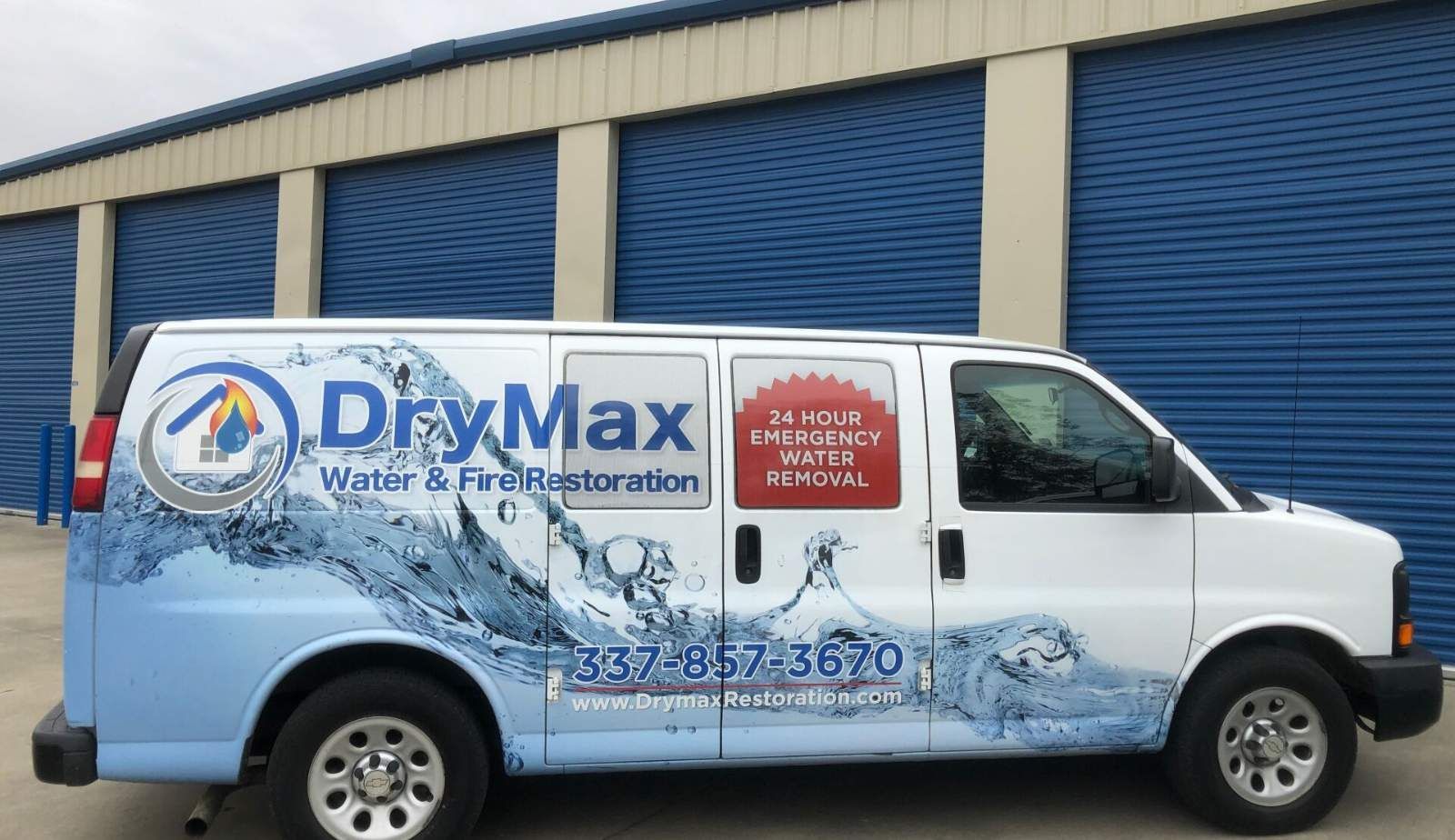
Commitment to Responsiveness and Customer Satisfaction
Drymax Restoration is dedicated to providing immediate assistance during emergencies. They understand that water and fire damage can occur at any time, creating a need for urgent restoration services.
Their team operates 24/7, ensuring customers receive support whenever they need it. This round-the-clock availability sets Drymax apart in the industry.
Upon receiving a call, Drymax guarantees a 60-minute response time. This promptness is crucial in minimizing damage and starting the restoration process swiftly. The team is fully prepared to handle various scenarios, from water leaks to fire damage.
Customer satisfaction is at the forefront of Drymax's operations. They pride themselves on clear communication and transparency throughout the restoration process. Clients are kept informed about each step, ensuring peace of mind during an often stressful time.
Drymax Restoration employs certified technicians who are trained to provide effective solutions tailored to individual needs. Their commitment to quality work reflects in their consistent, customer-centric approach.
In addition, Drymax has built a reputation within the community for reliability and professionalism. They strive to restore not just properties but also the trust of their clients, making satisfaction a priority in every job.
Understanding Regional Challenges
Louisiana’s unique climate presents specific obstacles for restoration services. It is characterized by high humidity, heavy rainfall, and frequent storms, which create conditions that can complicate recovery efforts.
Flooding is a significant concern in this region. With substantial rainfalls, properties often experience water damage that can escalate quickly. Effective restoration requires prompt action to minimize losses.
Storm damage can also impact homes and businesses. High winds and debris can lead to structural issues that need immediate attention. Restoration teams must be equipped to handle both water and fire damage simultaneously.
The prevalence of mold growth following water damage is another challenge. High humidity levels in Louisiana can exacerbate the situation, making it crucial for restoration professionals to address moisture issues rapidly.
Emergency response from companies like DryMax is vital. They offer 24/7 services tailored to the specific demands of the Louisiana climate. This readiness ensures affected residents receive immediate support to restore their properties after incidents of flooding or storm damage.
Addressing these challenges requires specialized skills and knowledge about local conditions. Restoration experts must adapt their strategies to the region’s weather patterns and moisture levels to ensure effective recovery.
Frequently Asked Questions
This section addresses common inquiries regarding Drymax Restoration’s services for water and fire damage control. It covers immediate response procedures, mold removal, prioritization of emergency calls, response times, necessary certifications, and prevention measures for property owners.
What steps are taken by Drymax Restoration for immediate fire damage control?
Drymax Restoration initiates fire damage control by conducting a thorough assessment of the affected area. They stabilize the environment, remove hazardous materials, and begin cleanup, which includes soot removal and debris disposal. The team also ensures safety by inspecting structural integrity before commencing restoration.
Can Drymax Restoration services help with mold removal after water damage?
Yes, Drymax Restoration is equipped to handle mold removal following water damage incidents. They offer comprehensive assessments to identify mold growth and apply effective remediation methods. This includes the use of specialized equipment to eliminate mold spores and prevent future occurrences.
How does Drymax Restoration prioritize emergency calls for water or fire damage?
Drymax Restoration employs a triage system to prioritize calls based on the severity of the damage reported. Emergency calls are assessed rapidly, with the most critical situations receiving prompt attention. This ensures that properties at a higher risk of additional damage are addressed first.
What is the typical response time for Drymax Restoration in the event of an emergency?
Drymax Restoration guarantees a response time of 60 minutes or less for emergency situations. Their team is available 24/7, enabling them to mobilize quickly and begin assessment and restoration as soon as possible.
What certifications should a restoration team have for handling water and fire damage in Louisiana?
A restoration team in Louisiana should have certifications from recognized organizations such as the Institute of Inspection, Cleaning and Restoration Certification (IICRC). This indicates proficiency in best practices for restoration, ensuring that the team is knowledgeable about the latest techniques and safety standards.
How can property owners prevent mold growth after experiencing water or fire damage?
Property owners can take several steps to prevent mold growth after damage. It is essential to dry out the affected areas promptly, maintain low humidity levels, and ensure proper ventilation. Regular inspections and professional assessments are also beneficial in identifying potential mold issues early.
You might also like
DryMax Restoration Blogs
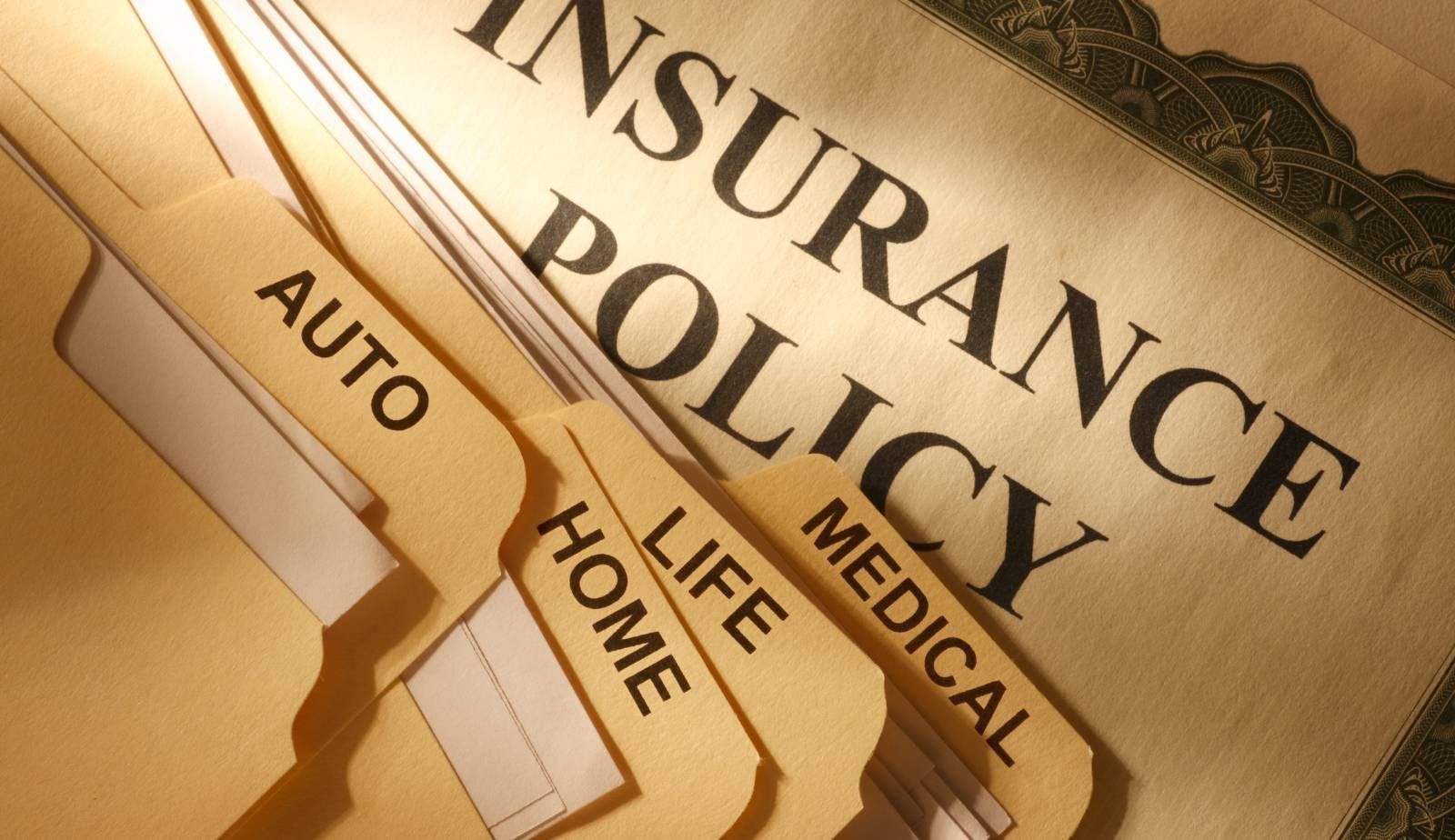
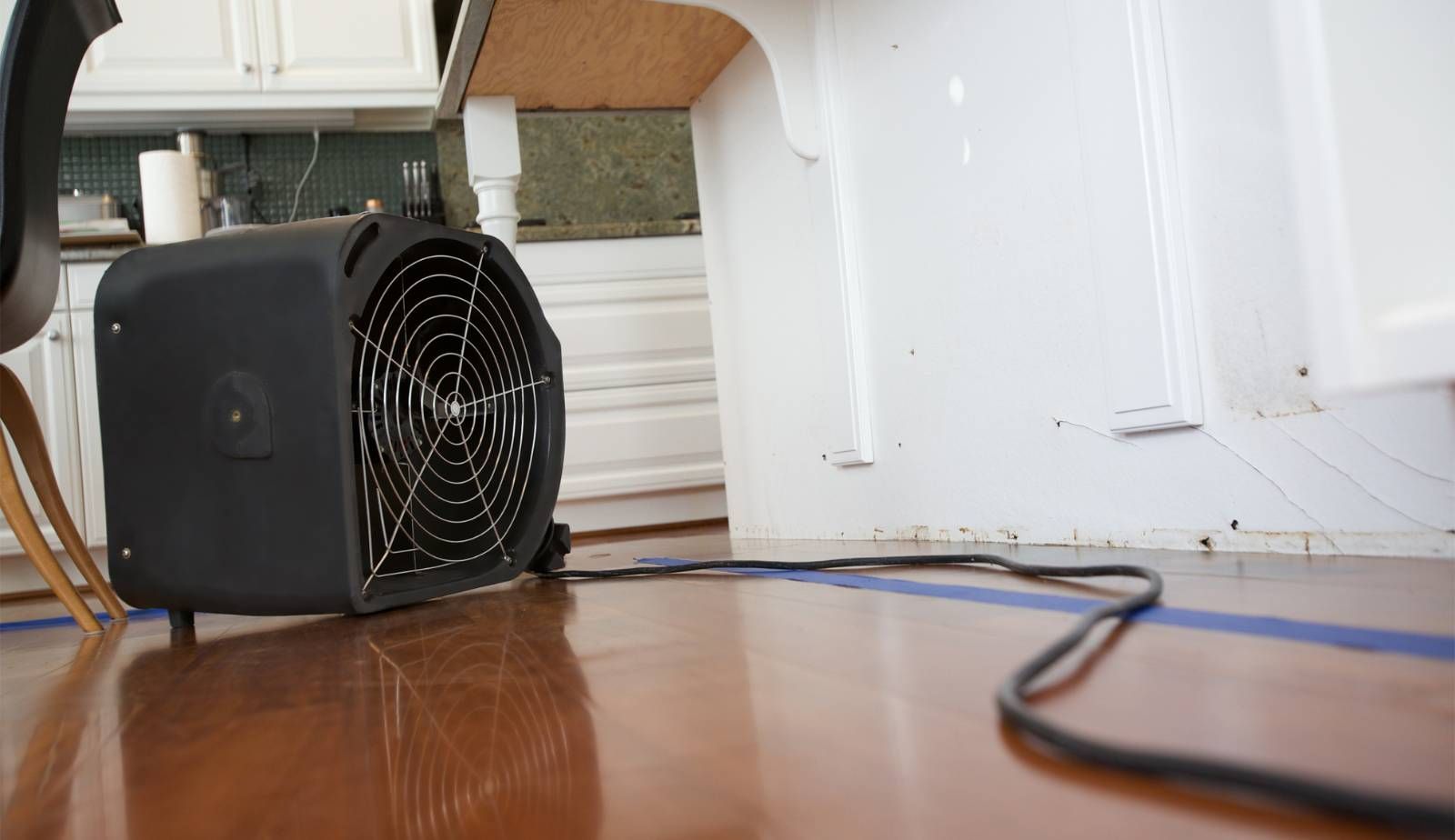
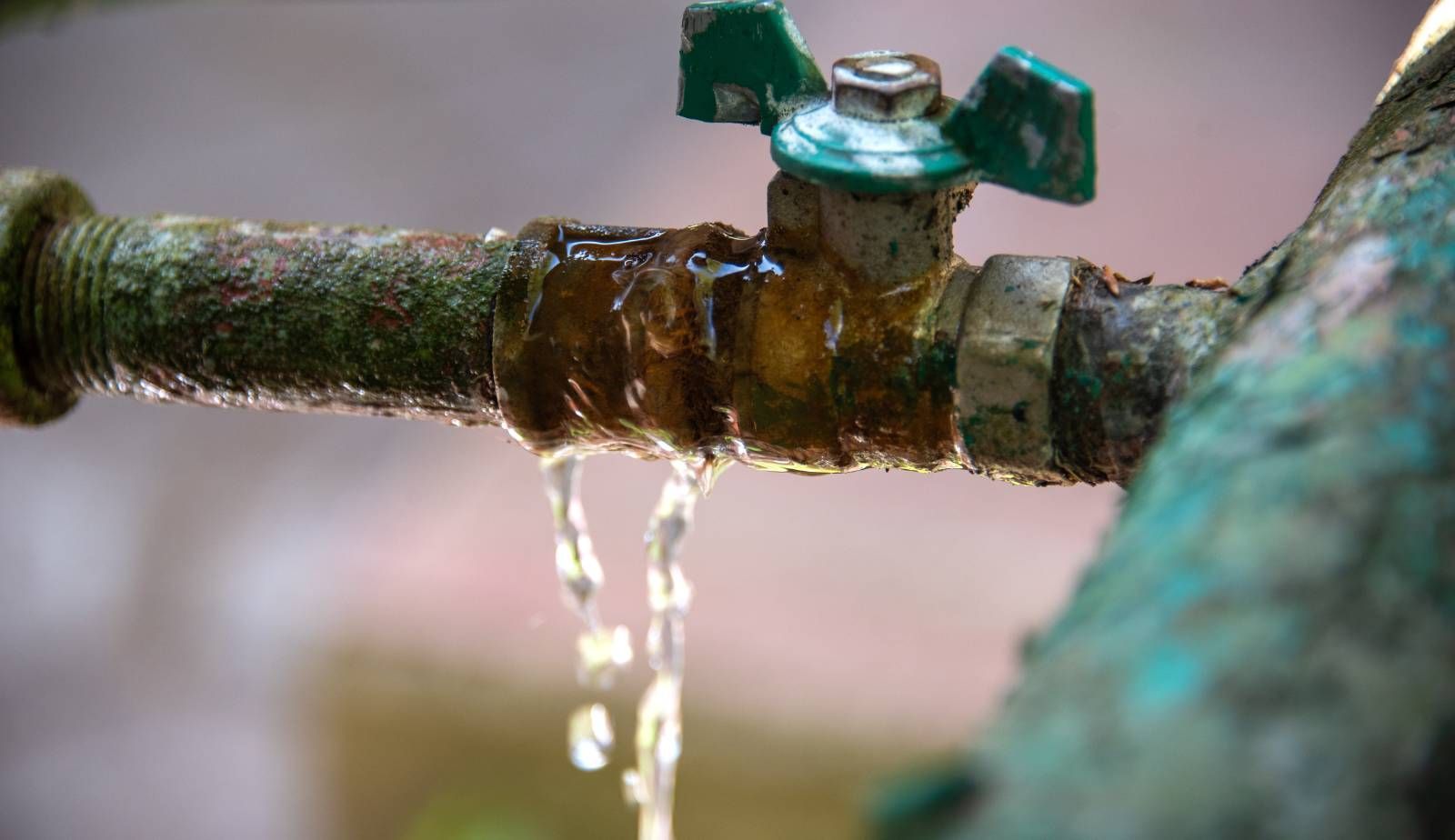
DryMax Ville Platte
DryMax Lafayette
120 Rue Beauregard Ste 201, Lafayette, LA 70508
Phone: 337-205-5558
Service Areas
Services
All Rights Reserved | DryMax Water & Fire Restoration | Website Design by Mastertech Franchise Systems

